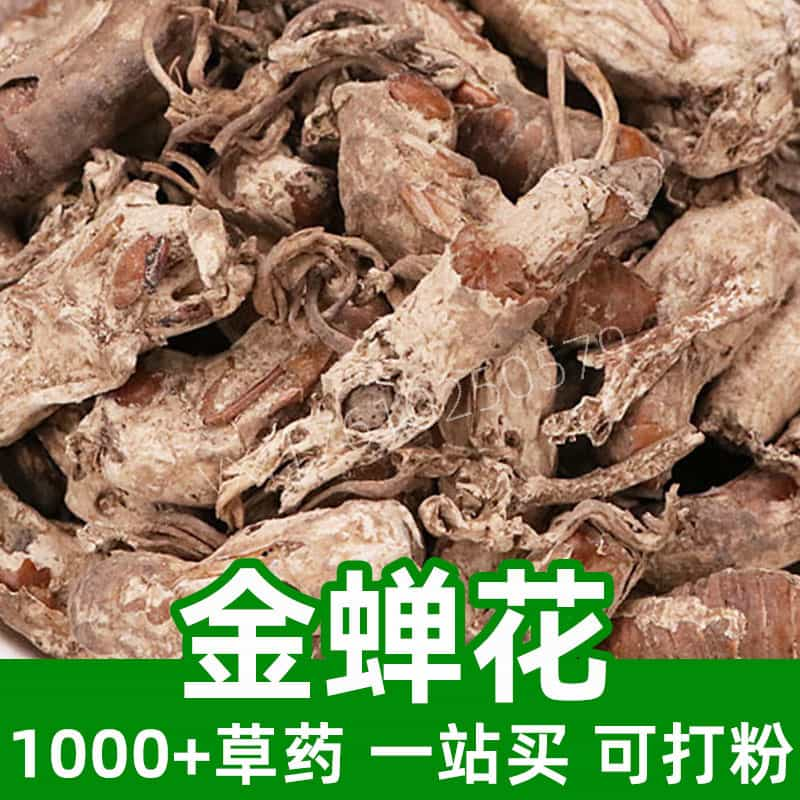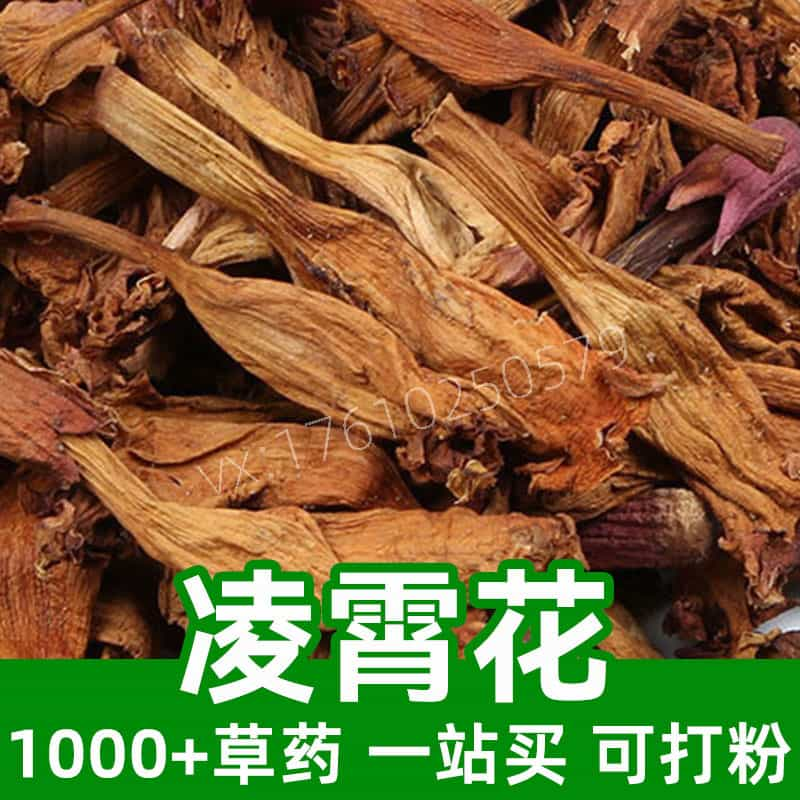Product Introduction
Papaya leaves, derived from the tropical papaya tree (Carica papaya), are celebrated for their diverse nutritional and medicinal properties in both traditional herbal practices and modern health trends. Historically, these leaves have been utilized in various cultures, particularly within traditional Chinese medicine (TCM), where they are believed to support digestive health and overall wellness. The leaves are rich in bioactive compounds like papain, a proteolytic enzyme, which contributes to their potential health benefits. Additionally, they contain an array of antioxidants, flavonoids, and other phytochemicals that may support the body’s overall balance.
In traditional usage, papaya leaves are often dried and infused into teas or powdered for incorporation into dietary supplements. They are typically harvested when young for optimal enzyme activity and nutrient density. Often recommended for their gentle bitterness, papaya leaves can add a unique flavor profile to various dishes, enhancing not only taste but also nutritional content. Continuous research into their potential applications is expanding the understanding of papaya leaves in modern health practices, making them a prominent topic of interest among health-conscious consumers.
Main Active Ingredients
The principal active ingredients in papaya leaves are notably papain, chymopapain, and several key flavonoids, including quercetin and kaempferol.
- Papain: This enzyme is known for its ability to break down proteins into smaller peptides and amino acids, making it a valuable ingredient for digestive health. It may enhance nutrient absorption and alleviate symptoms of indigestion.
- Chymopapain: Similar to papain, this enzyme contributes to the proteolytic properties of papaya leaves. It is often studied for its potential effects on inflammation and its ability to influence enzymatic processes in the digestive system.
- Flavonoids: Quercetin and kaempferol specifically are known for their antioxidant properties, which help combat free radicals in the body, potentially reducing oxidative stress and inflammation. These compounds may also play a role in promoting cardiovascular health.
- Alkaloids: Present in smaller quantities, these compounds may contribute to the overall therapeutic potential of papaya leaves. Some studies suggest they may have effects on glycemic control and immune support.
In addition to these active ingredients, papaya leaves are also rich in vitamins A, C, and E, as well as several minerals like potassium and magnesium. The presence of these nutrients supports the leaves' applications in traditional medicine and enhances their nutritional profile, making them a beneficial addition to health-focused diets.
Product Application Scenarios, Usage, and Dosage
In traditional Chinese medicine (TCM), papaya leaves are recommended for their potential benefits on digestive health and overall vitality. The leaves are often prepared as a tea by infusing dried or fresh leaves in hot water, allowing their active compounds to extract into the liquid.
For general wellness, a common dosage involves steeping 5 to 10 grams of dried papaya leaves in 250 ml of hot water for 10-15 minutes, consumed once or twice a day. This simple preparation can be enjoyed as a soothing herbal tea that may enhance digestion and promote gastrointestinal comfort.
In culinary applications, fresh papaya leaves can be used sparingly in salads or as a flavoring agent in soups, drawing from their natural bitterness to complement other ingredients. In the food industry, powdered papaya leaves can be incorporated into health supplements or protein powders, capitalizing on their nutrient density and enzymes.
While consuming papaya leaves, it’s essential to consult with a healthcare professional, especially for individuals with known allergies or those on specific medications. The leaves should be used in moderation as part of a balanced diet, emphasizing the importance of holistic wellness and proper dosage for optimal benefits.
Introduction to the Source Plant, Distribution, and Growth Environment
The papaya tree, scientifically known as Carica papaya, is a fast-growing, tropical plant that thrives in warm climates with well-drained, sandy to loamy soils. Native to southern Mexico and neighboring Central American countries, the papaya is now cultivated worldwide in tropical and subtropical regions, notably in Asia, Africa, and parts of the Caribbean.
The papaya tree can reach a height of up to 10 meters, with a slender trunk and a canopy of large, lobed leaves that provide shade. The tree is dioecious, meaning it produces separate male and female plants, with only the female plants bearing fruits. The ripe papaya fruit is widely consumed for its sweet flavor and is known for its digestive benefits, but the leaves also hold significant value in various herbal practices.
Papaya trees thrive in warm climates with temperatures between 21-30°C. They require a high amount of sunlight and are sensitive to frost, which limits their growth in cooler regions. Additionally, these trees need adequate watering, especially in drier climates, as their growth is stimulated by consistent moisture in the soil.
The papaya plant produces leaves year-round, with the younger leaves being the most sought after for herbal use. The leaves undergo photosynthesis, producing vital compounds that accumulate in their structure, making them rich in enzymes and phytochemicals. Cultivation practices focus on organic methods to ensure the highest quality leaves for health applications.
Harvesting, Processing, and Storage
The harvesting of papaya leaves is crucial for ensuring the retention of their active compounds. Ideally, the leaves should be harvested when they are young and tender, typically starting from 6 months after planting. Farmers often choose the top leaves, which are the most vibrant and nutrient-dense.
After harvesting, the leaves should be rinsed gently to remove any dirt or contaminants. It is recommended to dry the leaves in a shaded area to preserve their green color and prevent degradation of sensitive compounds. Drying can also be achieved through mechanical means or dehydrators with controlled temperatures to allow for uniform drying without cooking the leaves.
Once thoroughly dried, the leaves can be stored in airtight containers in a cool, dark place, ideally at room temperature. Proper storage can significantly extend the shelf life of dried papaya leaves, preventing mold and the loss of beneficial properties. It is crucial to avoid exposing the leaves to moisture and light, as these factors can diminish their quality.
When packaging for commercial distribution, additional care is taken to protect the leaves from environmental factors that can affect quality. While fresh leaves have a limited shelf life, dried leaves can retain their potency for several months to years, making them a flexible component of herbal preparations and dietary supplements.
In summary, handling papaya leaves with care from harvesting through storage is vital in maintaining their effectiveness and nutritional value, allowing consumers to benefit from this remarkable herbal resource.
Monica Sun is a seasoned expert in the natural raw materials industry, with over a decade of experience specializing in traditional Chinese medicinal herbs, spices, and fungi. She is skilled in the sourcing, processing, and application of these materials, emphasizing sustainability and innovation. Monica Sun has contributed to the development of high-quality natural raw materials that serve as essential components in functional foods, pharmaceuticals, and cosmetics, delivering tailored solutions to meet diverse market needs.












